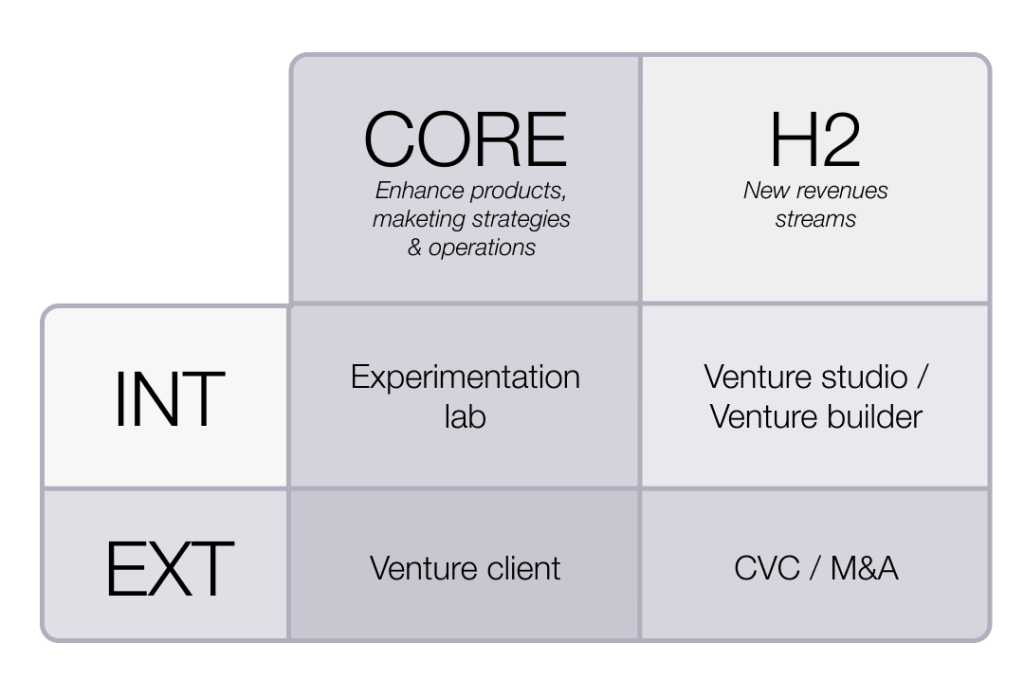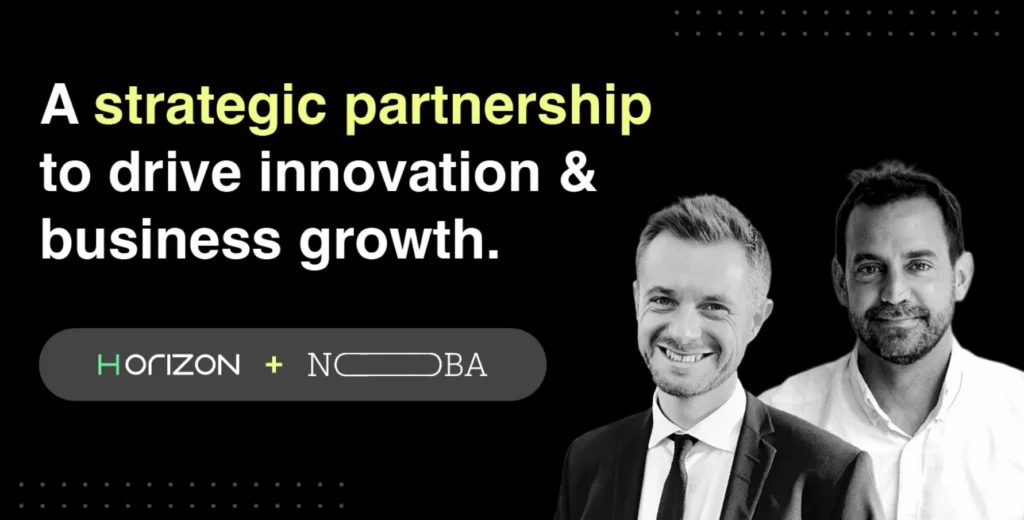In recent years, companies have been actively exploring different approaches to drive innovation in a more agile manner. The goal has been to accelerate the journey from idea to business and mitigate investment risks. However, these experiments have often encountered setbacks, including misaligned objectives and the creation of innovation theaters. Moreover, there has been a concerning lack of accountability and rigor among innovation teams and leaders.
Thankfully, companies have progressed beyond the mere façade of innovation and have transitioned towards action-oriented approaches that yield tangible and measurable results, ultimately generating business value.

Throughout this evolutionary journey, a convergence of innovation models has emerged. While success lies in the execution and governance, there appears to be a consensus on the overall approach.
1. Identifying Areas of Innovation
- Engage in strategic dialogues with business units and maintain a trends radar.
- Prioritize innovation opportunities based on their impact (opportunity/vulnerability) and likelihood of occurrence.
- Align with C-level executives and seek their sponsorship.
2. Innovating in the Core/Horizon1: Enhancing Marketing Strategies, Product Improvement, and Operational Efficiency
- Internal Approach: Establish an experimentation lab at both global and regional levels to provide validated tools and strategies for local implementation of new elements.
- External Approach: Embrace the venture client model.
3. Innovating in Horizon2: Focusing on New Revenue Streams
- Internal Approach: Adopt a venture building strategy.
- External Approach: Explore corporate venture capital (CVC) and mergers and acquisitions (M&A) opportunities.
4. Innovating in Horizon3/Diversification: Proceed with Caution
- Avoid pursuing ventures with no competitive advantage or limited potential for high returns.

To ensure effective implementation, the following aspects should be considered:
- Governance: Engage C-level executives and encourage support function participation. Establish global management structures while fostering connections with local business units.
- Accountability: Set clear goals and establish mechanisms for measurement. Leverage the Chief Financial Officer (CFO) as a valuable ally in tracking progress.
- Communication: Emphasize transparency in all innovation-related activities and outcomes.
While the blueprint provides a solid framework, success ultimately hinges on the commitment to execution and attention to detail.
By embracing corporate venturing and adopting this blueprint, companies can position themselves at the forefront of agile innovation, paving the way for sustained growth and competitive advantage in today’s dynamic business landscape.







